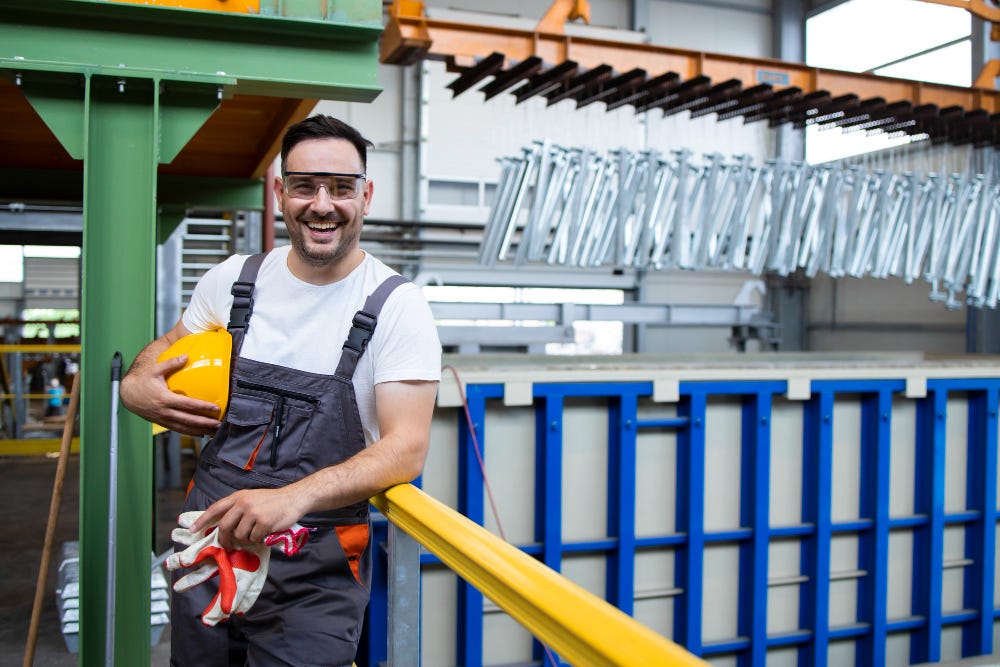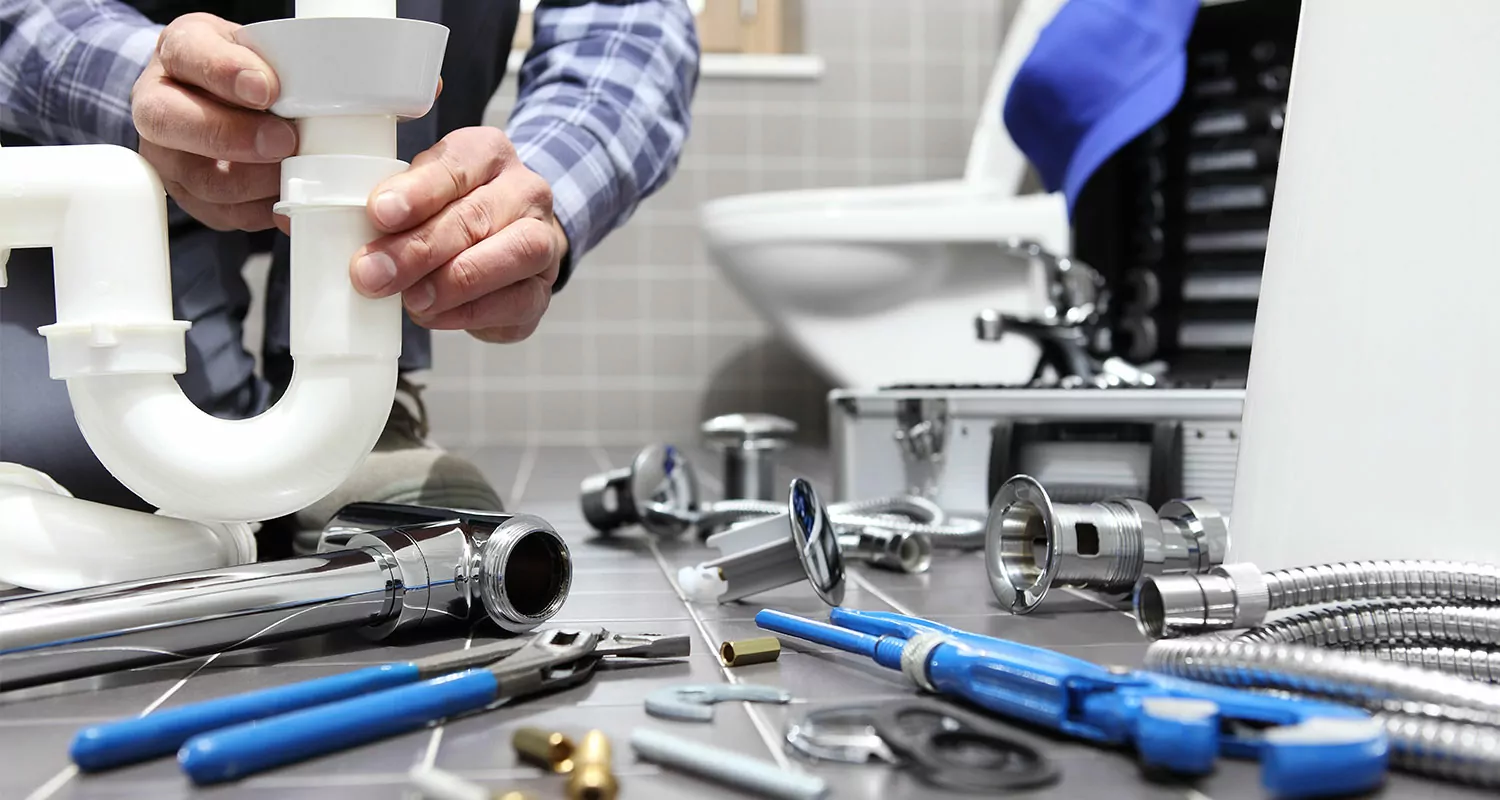Exposing the Next Era of Plumbing: Trends and Breakthroughs
Exposing the Next Era of Plumbing: Trends and Breakthroughs
Blog Article
Just how do you feel about The Future of Plumbing: Trends and Innovations to Watch?

Intro
The pipes sector is undergoing a transformative phase driven by technological developments and growing problems for sustainability and efficiency. This short article checks out emerging trends and advancements shaping the future of pipes.
Regulative Landscape
Regulative frameworks play an important duty in shaping the fostering of pipes innovations, with criteria and codes regulating whatever from water efficiency to product security. As technologies remain to progress, regulative bodies need to adjust to ensure consumer protection and environmental stewardship.
Future Outlook
The future of plumbing is characterized by continued advancement and combination with other fields such as IoT, renewable energy, and building automation. By accepting lasting methods, leveraging arising modern technologies, and focusing on user-centric layout, the plumbing sector is poised to resolve the progressing demands of culture while lessening its ecological impact.
Enhanced Fact in Pipes
Augmented Fact (AR) modern technology is revolutionizing pipes by giving service technicians with real-time aesthetic assistance for troubleshooting and repair work jobs. AR-enabled smart glasses or mobile applications overlay digital details onto the physical atmosphere, aiding plumbing professionals envision pipe layouts, determine concealed leakages, and perform repair work with accuracy.
Effect of 3D Printing
The arrival of 3D printing has introduced new possibilities in making plumbing parts. From custom-made fixtures to detailed pipe installations, 3D printing enables quick prototyping and on-demand manufacturing, lowering lead times and allowing higher modification in pipes layout.
Health and Safety Characteristics
In feedback to increased issues for health and safety, pipes fixtures are integrating attributes such as antimicrobial surface areas, touchless operation, and self-cleaning systems. These technologies not only boost hygiene but additionally advertise individual convenience and ease.
Hygiene-focused Fixtures
Touchless faucets, self-sanitizing toilets, and antimicrobial surface areas are becoming significantly common in household and business settings, minimizing the risk of germ transmission and promoting a cleaner, healthier atmosphere.
Water Quality Tracking
Improvements in water quality monitoring technologies allow home owners to monitor the pureness and security of their water system in real-time. Smart water top quality sensing units can find contaminants, pH degrees, and temperature variants, encouraging customers to take aggressive actions to make sure water security.
Remote Pipes Solutions
Remote diagnostics and virtual aid are reinventing the means plumbing solutions are provided. With video clip conferencing and remote access modern technologies, plumbings can fix issues, give assistance for DIY repair services, and even carry out remote examinations, offering better access and convenience to property owners.
Challenges and Opportunities
While pipes technologies hold enormous pledge, they likewise existing challenges such as data privacy concerns, regulatory compliance, and the demand for workforce training. Attending to these obstacles calls for cooperation in between sector stakeholders and regulative bodies to ensure secure and responsible implementation of new modern technologies.
Smart Pipes Systems
Incorporating wise modern technology right into plumbing systems enables remote monitoring, leakage detection, and automated maintenance. Smart sensors and IoT (Web of Points) devices permit property owners and plumbers to monitor water usage and find issues in real-time, leading to a lot more effective resource administration and proactive upkeep.
Water Performance Solutions
With boosting focus on water conservation, innovative options are being created to lessen water wastefulness in pipes systems. High-efficiency fixtures, greywater recycling systems, and smart watering controllers are amongst the technologies helping customers lower their water impact while maintaining convenience and convenience.
Lasting Products
The change in the direction of sustainability extends to plumbing materials, with an expanding preference for environmentally friendly alternatives. Biodegradable piping products, such as PEX (cross-linked polyethylene) and HDPE (high-density polyethylene), offer toughness and resistance to deterioration without jeopardizing ecological stability.
Anticipating Maintenance
Predictive upkeep techniques utilize information analytics and artificial intelligence algorithms to anticipate and protect against plumbing problems prior to they take place. By analyzing historical data and performance metrics, predictive maintenance formulas can recognize patterns and anomalies, making it possible for aggressive interventions to stay clear of pricey repair services and disturbances.
Verdict
Finally, the future of pipes is defined by a merging of modern technology, sustainability, and user-centric layout. By accepting smart services, lasting materials, and positive maintenance practices, the pipes industry can improve efficiency, promote safety and security, and contribute to an extra lasting future.
Plumbing Industry Trends You Need To Know
Smart technology in plumbing
Homeowners want to be able to manage their homes from their phones. The technology exists to make that happen. From smart toilets to leak detector devices, the whole plumbing system can be managed on an interconnected network made up of sensors, IoT devices, and machine learning algorithms.
This allows for wireless control to turn appliances on and off, automate routines, and access advanced monitoring to track water usage and flag potential issues. Smart technology streamlines water consumption, maintenance and energy usage, creating a more efficient system.
Green plumbing
The data analysis possible with smart technology not only improves convenience and cost-effectiveness but also fulfills a high-priority customer desire – sustainability. Consumers are very aware of their impact on the planet and want plumbing solutions to reduce damage and support sustainability. Eco-friendly plumbing solutions are already starting to emerge.
Customers can opt for low-flow toilets, water-saving faucets, and connections to sustainable energy sources. Beyond monitoring water consumption, customers can conserve water through the installation of greywater systems. This is a system that collects water that has been used but is still clean enough for some household uses such as toilet flushing.
Shorter product pipeline
To keep up with modern plumbing, plumbers need modern tools that enable them to complete jobs more efficiently. One technology making strides in this area is 3D printing. By 3D printing key plumbing fixtures, plumbers can reduce wait times even for specialized fixtures. It minimizes delays often seen in traditional manufacturing that frustrate customers and prevent plumbers from taking on more work.
Off-site repairs
Augmented reality is making a splash in many industries including plumbing. Plumbers can map a building online so they can explore the plumbing system through augmented reality, identifying areas of maintenance and repair completely digitally. This technology can be applied quite widely in plumbers’ work including planning installations and training new recruits. It’s safer, smarter and more efficient.
Low-footprint materials
Another way for plumbing companies to reduce their environmental footprint and meet the customer demand for sustainability is by using recycled materials in their work. The products they source and manufacture such as pipes, fixtures and faucets can be made from recycled materials. This saves the planet while being just as effective.
Onsite water purification
Additionally, plumbing companies can be advocates of water conservation and ease the financial and environmental concerns of customers by offering water purification systems. New water purification technology such as reverse osmosis systems and UV systems make it possible for homeowners and business owners to thoroughly cleanse water, removing contaminants onsite. This means the water can be safely reused in more ways than greywater can be, establishing a water recycling loop.
Tankless water heaters
Another innovation of modern plumbing is tankless water heaters. The idea is that the water is heated on demand as it runs through the system instead of being heated in a water tank. This is more energy efficient and therefore cost-effective and eco-friendly because water isn’t heated needlessly.

We had been shown that article on 7 Plumbing Industry Trends You Need To Know from a pal on another web property. Please take the opportunity to distribute this entry if you liked it. We thank you for your readership.
Schedule Service Report this page